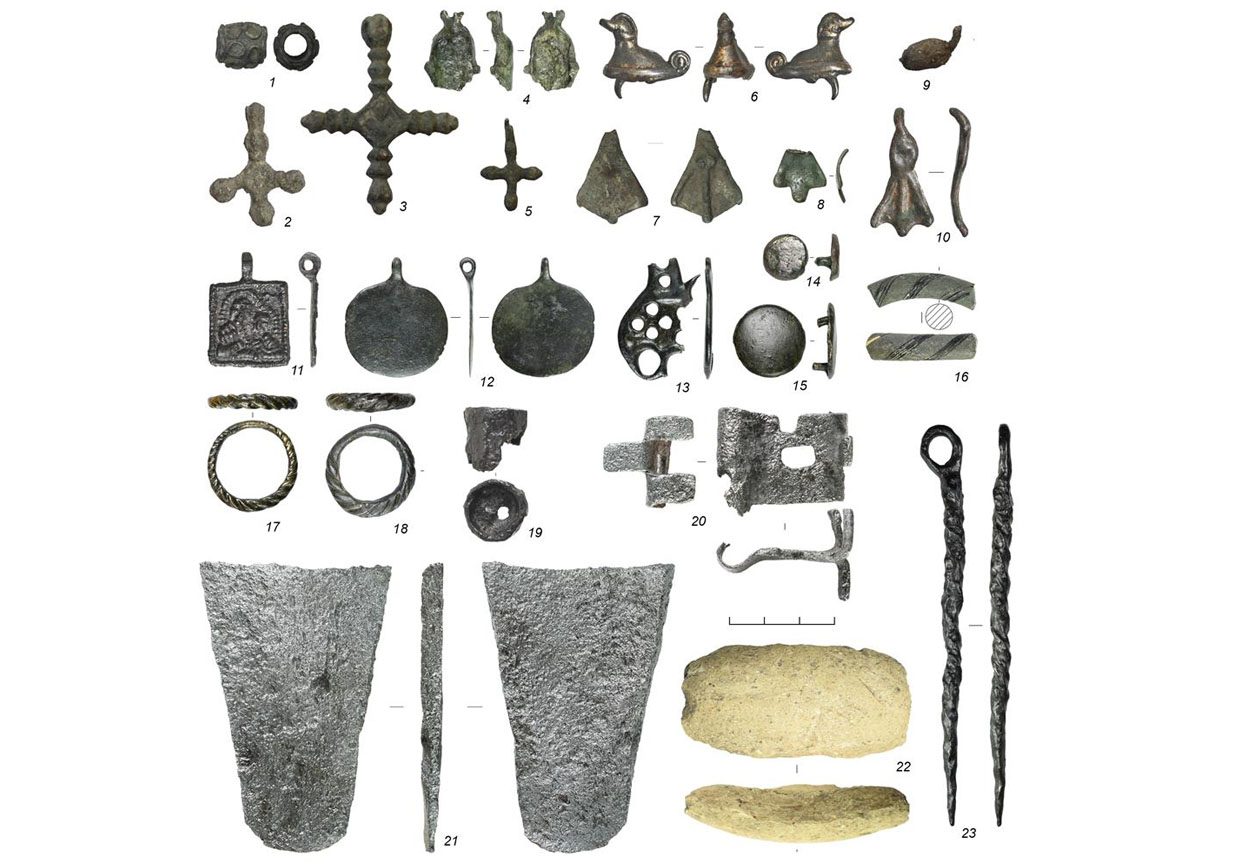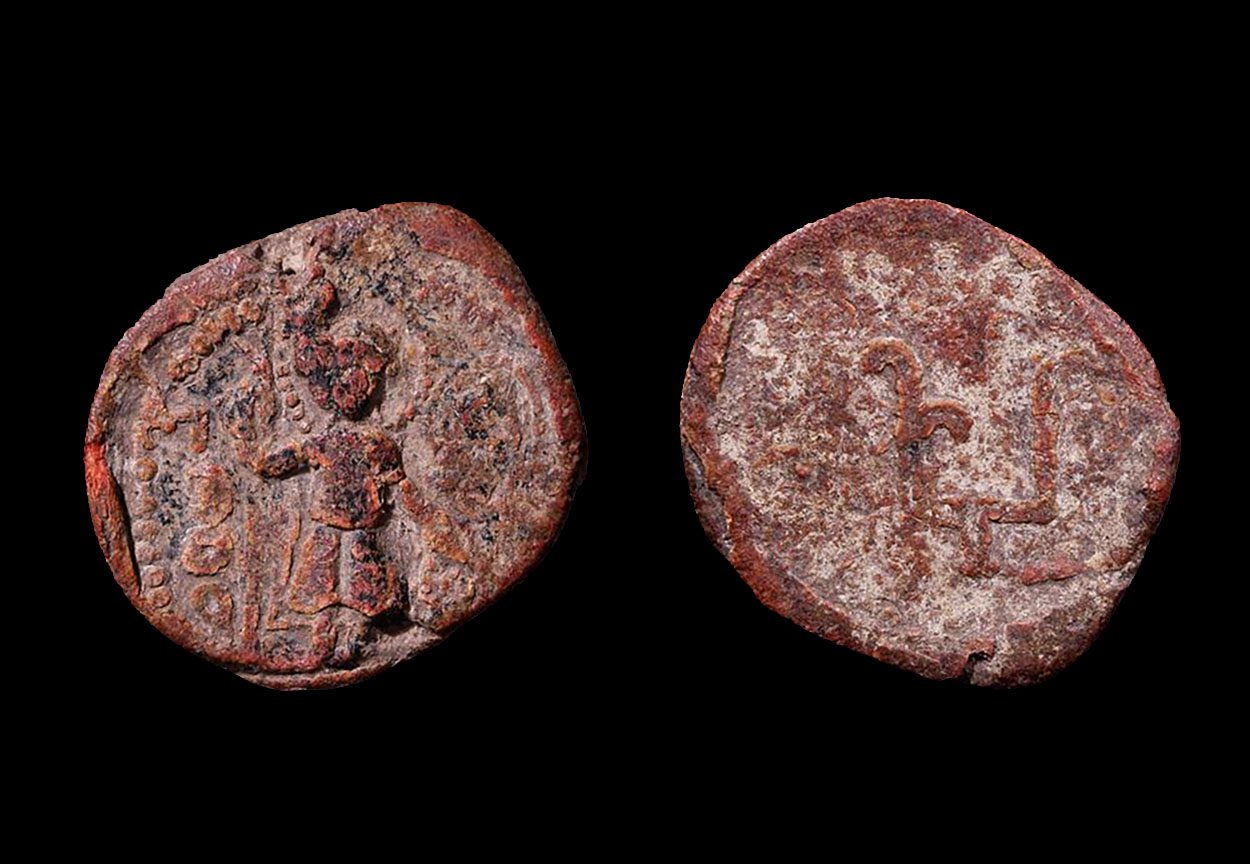Archaeologists from the Russian Academy of Sciences have uncovered a seal depicting St George during excavations of a 12th–13th century AD settlement south of the Russian town of Suzdal.
The settlement was first discovered in 2017 by the Suzdal Expedition, with ongoing research being conducted in 2022 to 2023. The team have found a rare lead seal depicting St George carrying a spear in his right hand and his left hand leaning towards a shield. Left of the figure is an inscription showing “GEOR”, while surrounding the head is a punched halo.
According to tradition, St George, also called George of Lydda, was a soldier in the Roman army and a member of the Praetorian Guard for the Roman emperor Diocletian. After being sentenced to death for refusing to recant his Christian faith, he was venerated as a Christian saint.
Historically, the countries of England, Ukraine, Ethiopia, and Georgia, as well as Catalonia and Aragon in Spain, and Moscow in Russia, have claimed George as their patron saint. The heraldic emblem of Moscow depicts Saint George slaying a dragon, which has been an integral part of the coat of arms of Russia since the 16th century.
Excavations of the settlement have uncovered 150 items made of metal, glass, stone, bone and ceramics, in addition to ordinary household items such as iron knives, a key, a whorl, lead weights, a whetstone, and a clay fishing sinker.

The team have also found decorative items such as a rings, beads, buttons, fragments of bracelets, belt buckles, and pendants depicting a cockerel, duck and a two-headed horse, as well as a rare fragment of an encolpion depicting the Virgin Mary and Child.
According to the researchers, the bulk of the objects date from the 12th to the first half of the 13th century and indicate the sphere of power relations and princely administration of the lands of North-Eastern Rus’.
Header Image Credit : Russian Academy of Sciences





